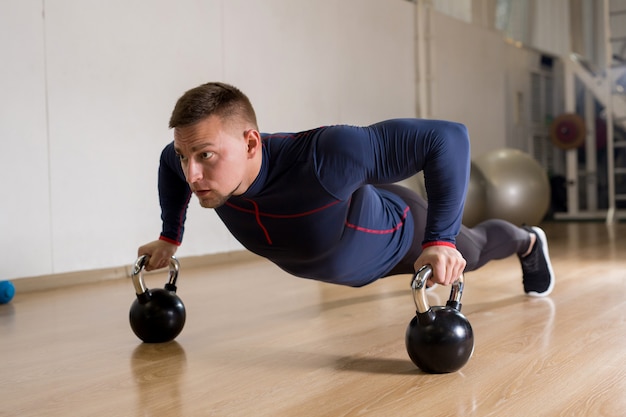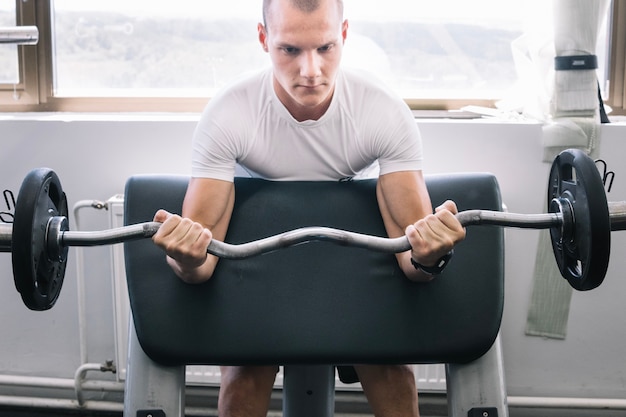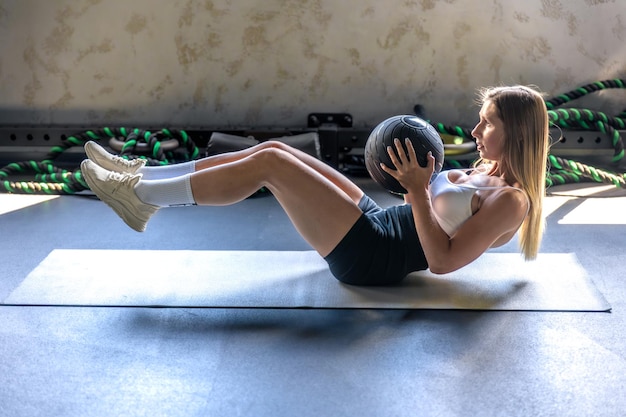When it comes to strength training, two tools stand out in home gyms and fitness centers: kettlebells and dumbbells. But for individuals managing knee pain while aiming to support hormonal health, the choice between these two isn’t just about muscle—it’s about movement efficiency, joint safety, and long-term wellness.
Yes—resistance training plays a key role in balancing hormones like cortisol, insulin, testosterone, and growth hormone. Short, intense workouts using weights can stimulate the release of anabolic (muscle-building and metabolism-boosting) hormones, while reducing chronic stress markers. The type of equipment you use can influence how effectively—and safely—you achieve these benefits.
Kettlebells are known for their unique shape and center of mass, which extends beyond the hand. This design promotes dynamic, full-body movements like swings, cleans, and Turkish get-ups. These compound exercises engage multiple muscle groups quickly, creating metabolic demand that can positively influence hormonal responses.
For example, kettlebell swings are often cited for boosting growth hormone and testosterone due to their explosive hip drive and cardiovascular intensity—all while keeping the knees relatively safe when performed correctly. The movement relies on the hips and glutes, not the knees, making it a smart option for those with joint concerns.

Dumbbells offer a more stable, balanced grip and are ideal for isolation and controlled compound movements like chest presses, rows, and shoulder raises. While they may not spike heart rate like kettlebell swings, they still support hormonal health through consistent muscle engagement and progressive overload.
Because dumbbells allow for symmetrical loading and minimal momentum, they’re excellent for those with knee pain who need to avoid high-impact or explosive movements. You can perform upper-body circuits while seated or lying down, eliminating knee stress entirely.

Since hormonal changes aren’t visible, tracking other indicators is essential. Consider monitoring:
Aim for consistency over intensity. Even 15–20 minutes of resistance training 3 times a week can support hormonal balance and joint resilience.
Staying consistent matters more than perfection. Use these cues to stay on track:
For hormonal stimulation and dynamic fitness, kettlebells offer a powerful edge—especially with hip-dominant moves that spare the knees. However, dumbbells provide unmatched control and accessibility for those needing to minimize joint stress.
The best approach? Combine both. Use kettlebells for swings and hip hinges (with proper form), and dumbbells for upper-body and isometric work. This hybrid strategy supports hormonal health while respecting knee limitations.
Whether you choose kettlebells, dumbbells, or both, the key is consistent, mindful movement. Strength training isn’t just about building muscle—it’s about creating a body that feels balanced, energized, and resilient. For those with knee pain, smart exercise selection and proper tracking can unlock lasting hormonal and joint benefits.
Listen to your body, honor your limits, and celebrate every step forward.

Fitness

Fitness

Fitness

Fitness

Wellness

Health

Health

Fitness

Fitness

Health

Fitness

Wellness

Health

Fitness

Health

Health